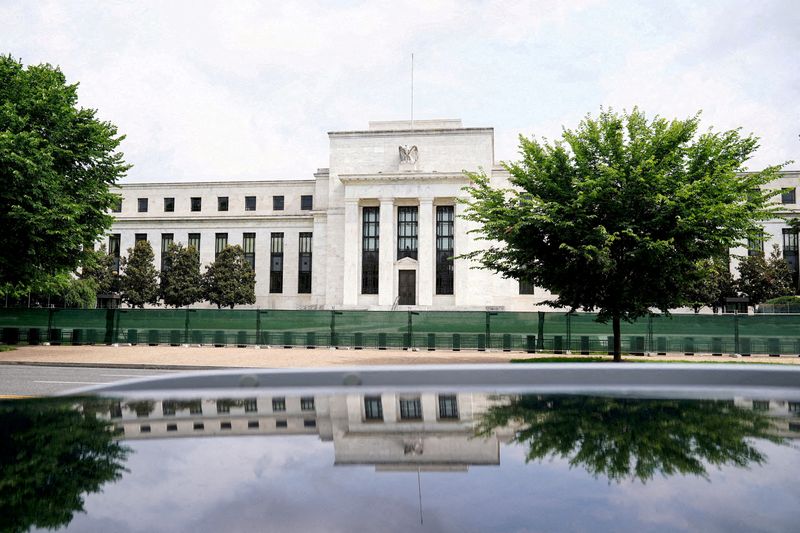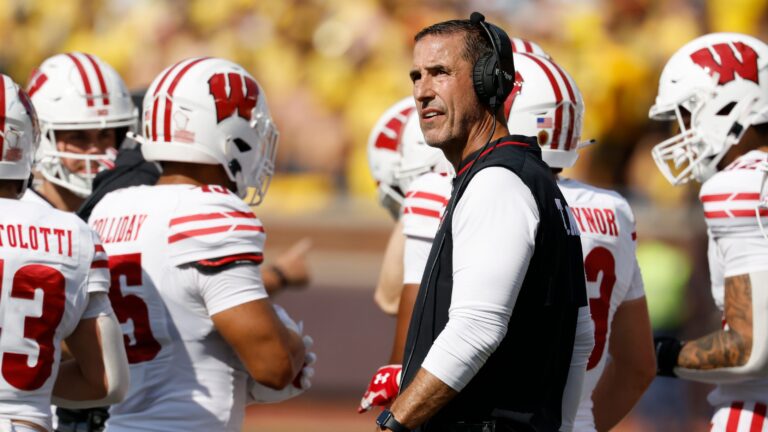
By Shashwat Chauhan and Johann M Cherian
(Reuters) -U.S. corporate sectors that are sensitive to interest rates will be in focus as the Federal Reserve looks poised to lower borrowing costs for the first time this year, with most having already notched up gains after Chair Jerome Powell hinted at cuts last month.
After easing rates by 50 basis points in September 2024 and 25 bps each in November and December, the central bank has held borrowing costs steady at 4.25%-4.50%.
Traders have almost fully priced in a 25 bps rate cut as of Wednesday and expect two more such cuts by the end of 2025, according to data compiled by LSEG.
U.S. stock markets are trading at record highs, with technology and bank stocks among the top performers this year, as signs of weakness in the U.S. labor market and tame inflation data fuel bets of monetary easing.
Here is a closer look at how some of the rate-sensitive stocks have fared since the Fed kicked off its rate-cutting cycle last year.
SMALL CAPS
Small-cap companies are largely reliant on external borrowing to fund their operations, and lower borrowing costs increase their available capital.
Lower rates could also enable smaller companies to refinance their existing debt more cheaply, enabling them to then direct a chunk of their earnings to fuel growth and expansion.
The Russell 2000 small cap index has rallied more than 5% since Powell’s comments at Jackson Hole on August 22, though it remains well off its record high close seen back in November 2021.
BANKS
The picture is more complicated for banks.
Lenders usually make more money when interest rates rise because they can charge borrowers more for loans. But if competition for deposits heats up, banks may need to raise the interest they pay to savers, which pushes up their funding costs and eats into profits.
Since banks borrow at short-term rates and lend at long-term rates, a smaller gap between the two reduces their profit per loan. A steep yield curve has the opposite effect, widening margins.
The spread between the yield on two-year and 10-year Treasury notes hit its steepest since April earlier this month but has reversed some of the moves in recent weeks following soft labor market data.
The KBW regional banking index has gained about 1.4% since Powell’s dovish turn, while the S&P 500 banks index has added nearly 5%.
During the second year of monetary policy easing cycles since 1990, U.S. financial stocks rose an average of more than 20%, according to data from CFRA.
GROWTH STOCKS
Growth stocks are companies that are expected to grow at an above-average rate compared to other companies in the market. Interest-rate cuts boost growth and technology stocks, whose valuations rely on future earnings as lower rates increase the present value of those expected profits.






